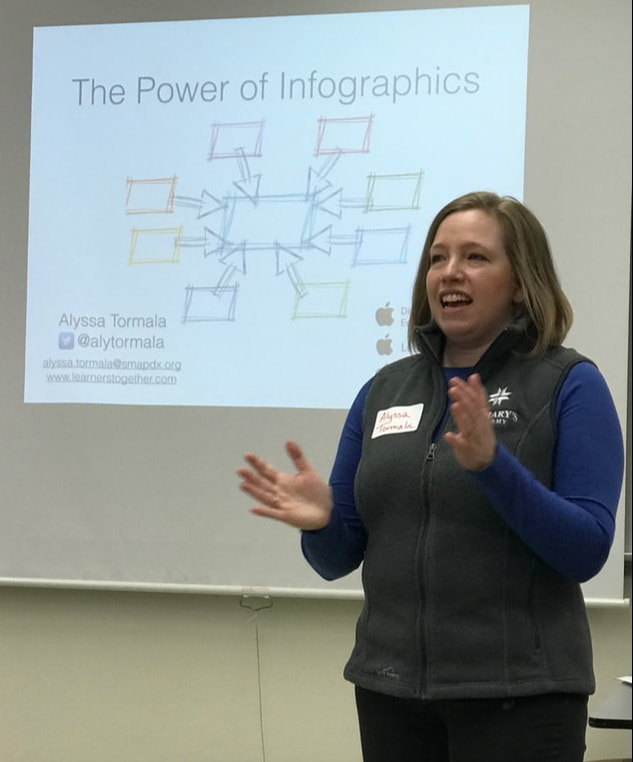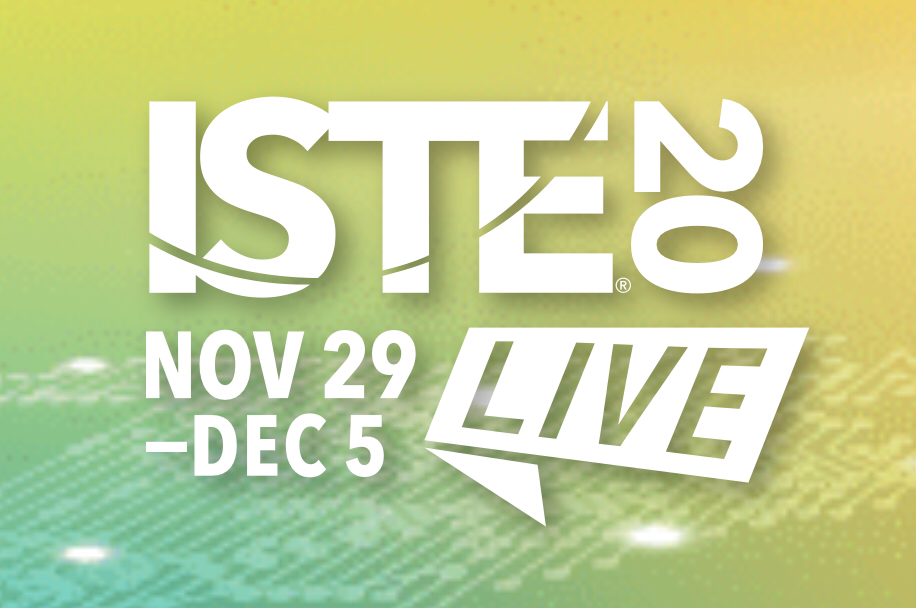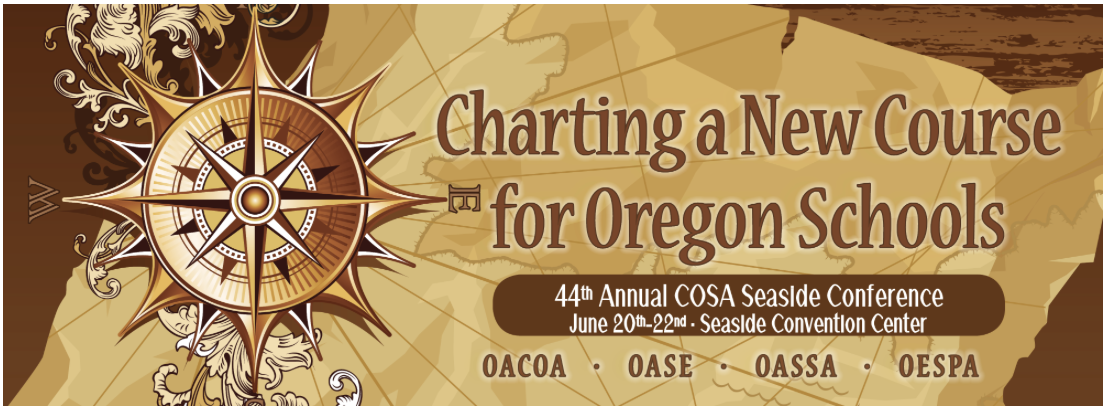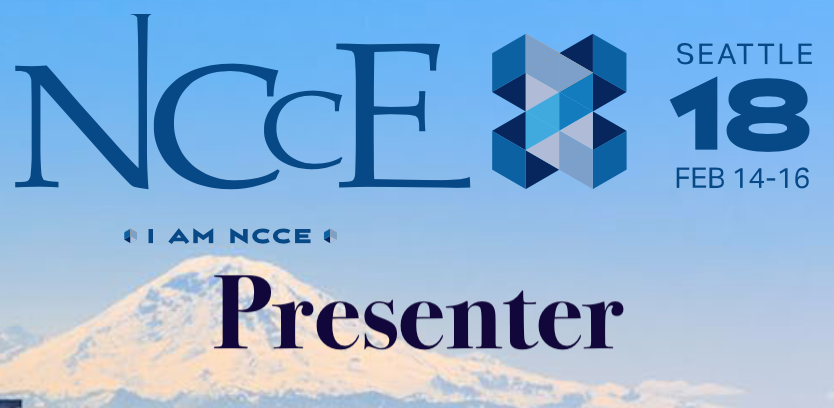|
During the previous two school years, I participated in small action-research groups with colleagues from my school in an effort to better understand my own practice. Expertly led by one of my colleagues, Ellie Gilbert, that experience was invaluable and transformative.
But after two years of that amazing experience, it was time to create space for others to come to that table. And it was time for me to find a new experience to energize my professional life. Enter the Design Challenge. Based on the Stanford d.School model, our Design Challenge is being organized by SMA's Director of Innovation, Shawn Daley, and a local art teacher/design model expert, Beth Rogers Bundy. It includes seven of my colleagues plus two students. Our goals are 1) to learn the Stanford d.School model with an eye toward where it could fit into our various curricula, and 2) to develop some ideas for a new library space since we have the chance to expand our campus in the next few years. It has been another eye-opening, transformative experience, albeit in a completely different way than the teacher-research group. I realized that we as teachers engage in design all the time, but don't really think consciously about how that process functions. And as a result, we often skip the initial essential part of the process--empathy--and jump right to solving whatever problem or tension we see. If our designed solution does not work, we are left with a pile of unanswered questions and frustrations. And it makes it all the harder to try again. I was so taken with this experience that I talked with my Speech class about it just before the Winter Break. I wondered out loud what students might think about engaging in a similar project as part of a future Speech class. My students met the idea with enthusiasm and energy--they even jumped right into brainstorming topics for a design challenge. I admit I was surprised--sometimes what I as a teacher think would be "awesome!" does not feel the same way to students. Although I had not originally planned to incorporate a design challenge this semester, I couldn't stop thinking about how their faces lit up and their voices bubbled and surged. So I decided redesign the last two weeks of the semester to become a design challenge, and with trepidation, I presented them with the plan when we returned from break. Would they still be interested in the idea with finals looming? Would they think I was nuts? I should have given them more credit. They jumped right into the experience. Four teams of students created designs for four different spaces: a cafeteria, a gym, a nurse's station, and a rooftop/outdoor garden space--spaces they chose, even though I encouraged them to consider smaller projects (e.g., a new kind of locker) given the time frame! After two weeks of learning and following the d.School process, the students' pitches took place yesterday in front of an authentic audience of five adults--three administrators and two staff members--all of whom have some level of influence regarding physical spaces in our school. All of us were impressed with the students' grasp of the design process as well as their thoughtful ideas and prototypes. Some highlights: --Students had clearly anticipated and answered questions from their audience that I had not even thought of--evidence of excellent critical thinking. --The students were able to clearly articulate how their users' needs were being addressed. --Two of the four groups had, of their own volition, used 3D modeling apps on their iPads to create their prototypes. (I tried these apps myself--they are challenging to work with!) --The students' ideas were well-supported with research; some even estimated costs and offered lists of materials needed. Some had also visited or researched other similar spaces for inspiration. --The students expanded on how their ideas would have impact in other ways beyond just physical space--for instance, the rooftop garden group discussed how the garden could be used for experiential and entrepreneurial learning about environments and sustainability. And here's the best part--my students now have the vocabulary and structure regarding design process that they did not possess before. It will guide them in all their future design work, whether they are designing a project for a class or working with a group to solve a problem. And they don't even realize how much they've learned. Next steps? Any good design process requires post-design data gathering and redesign, so I'll be asking my students for feedback about the process so I can redesign it. But I can say with certainty that a design challenge project will be an integral part of the class next semester.
0 Comments
Leave a Reply. |
Upcoming PresentationsPast
|
 RSS Feed
RSS Feed






